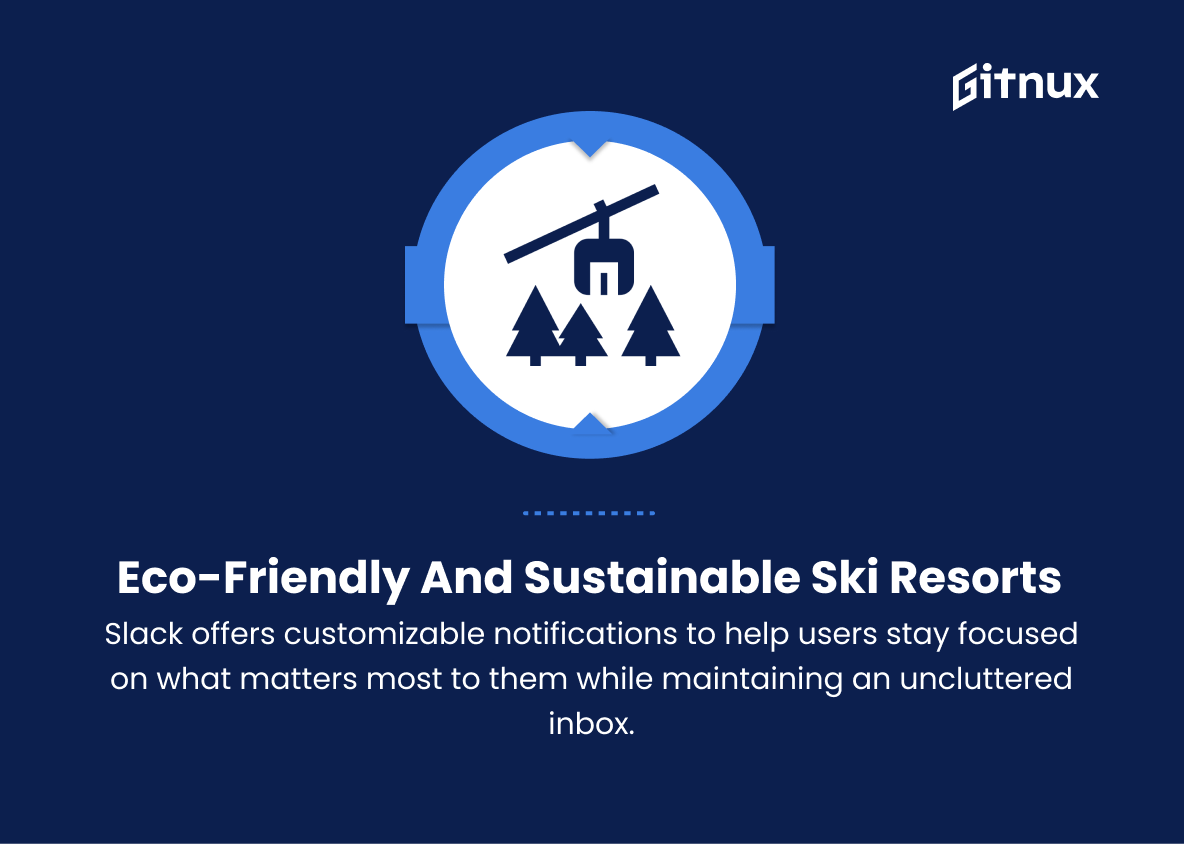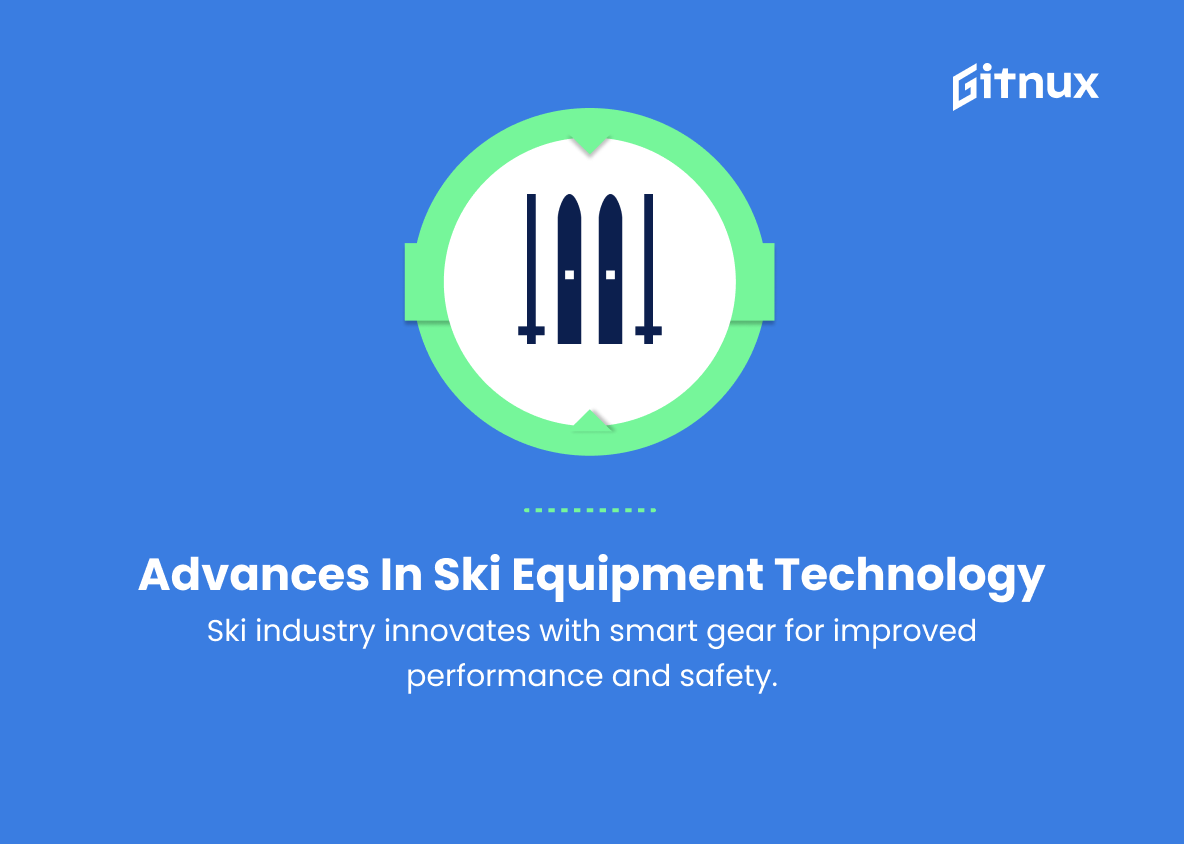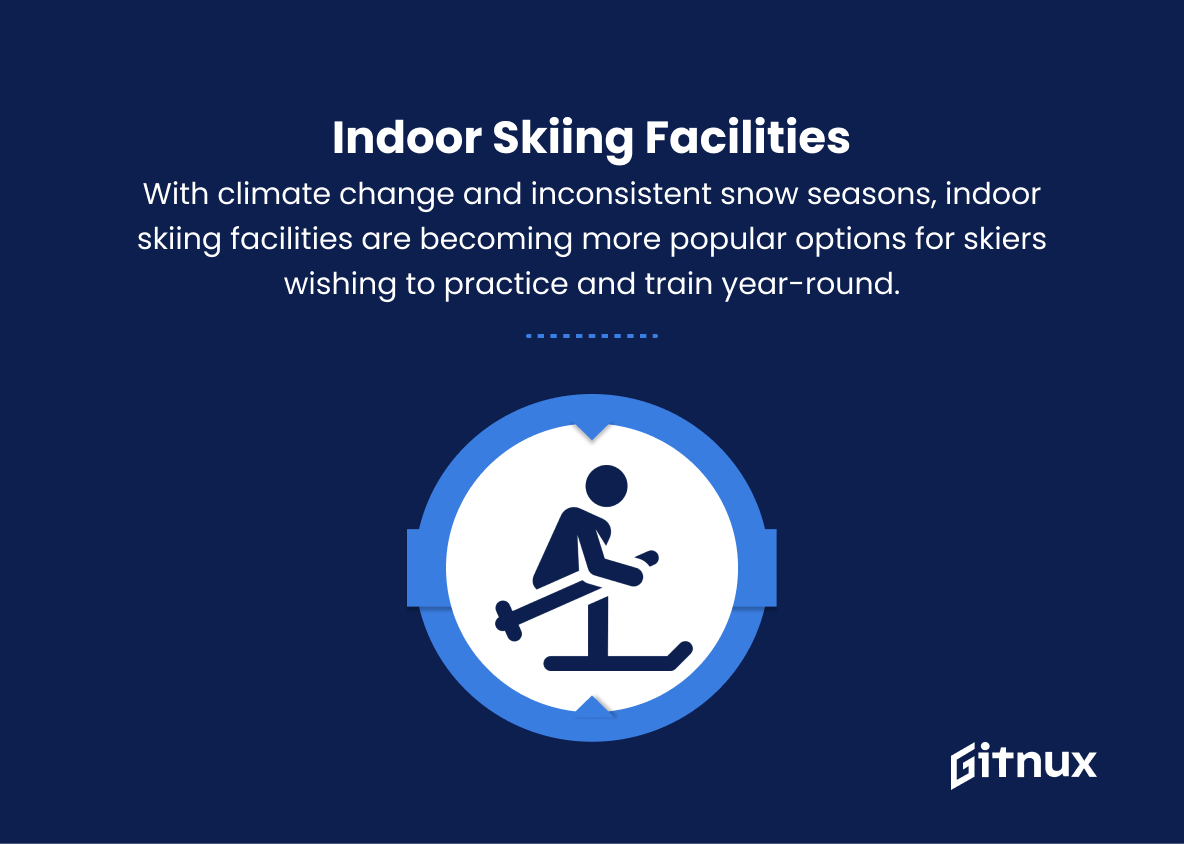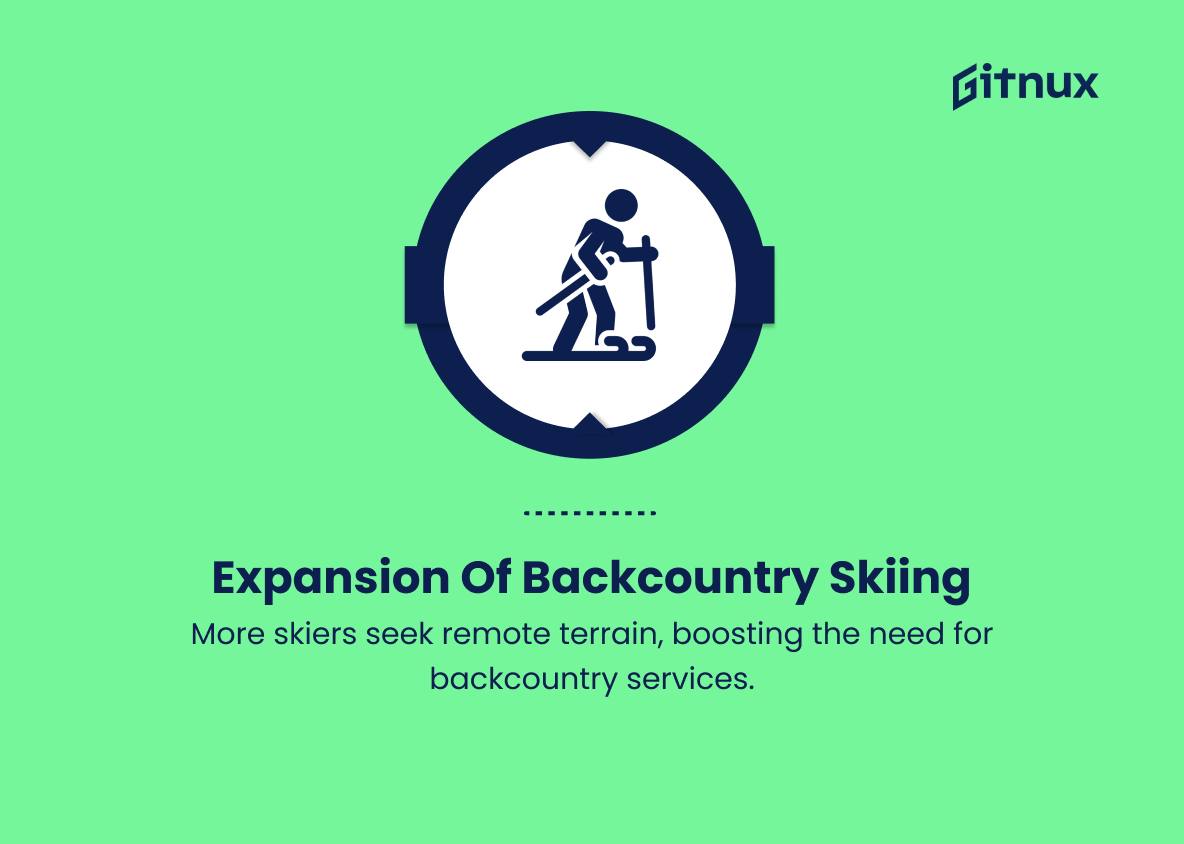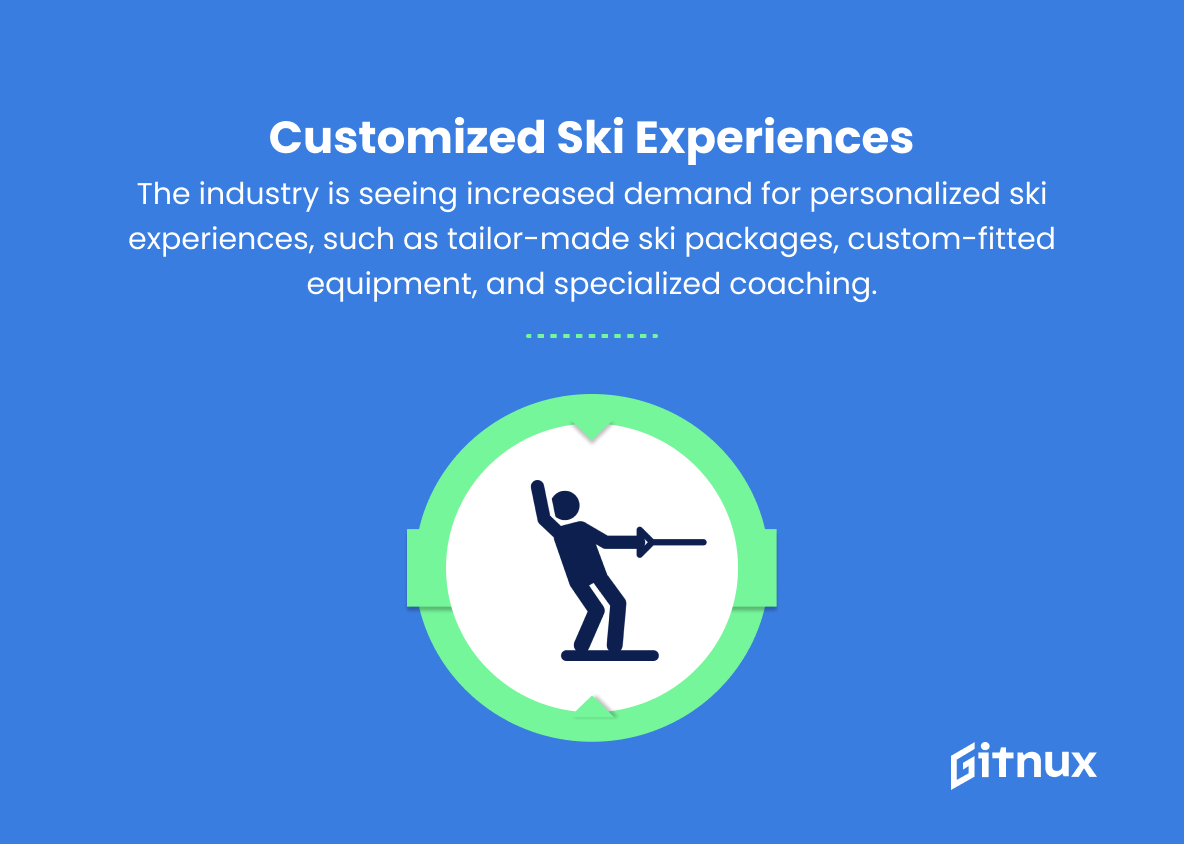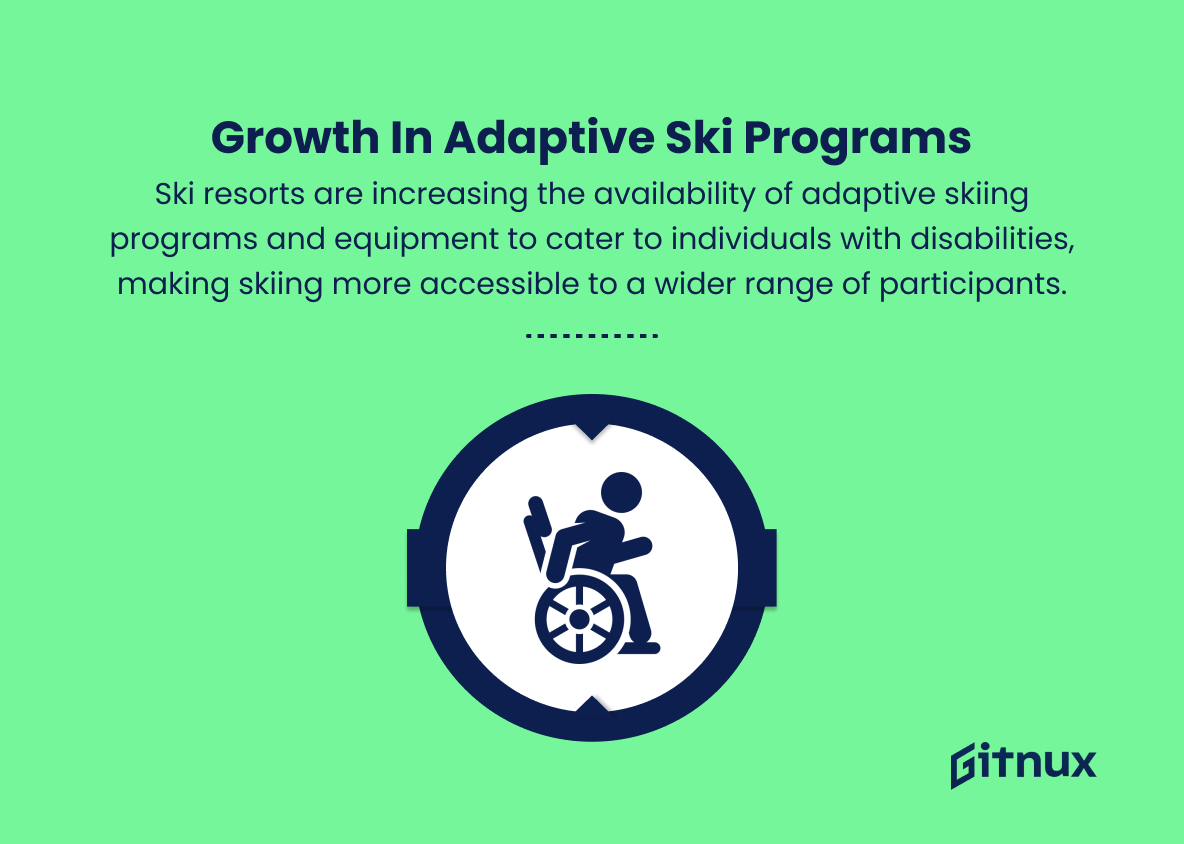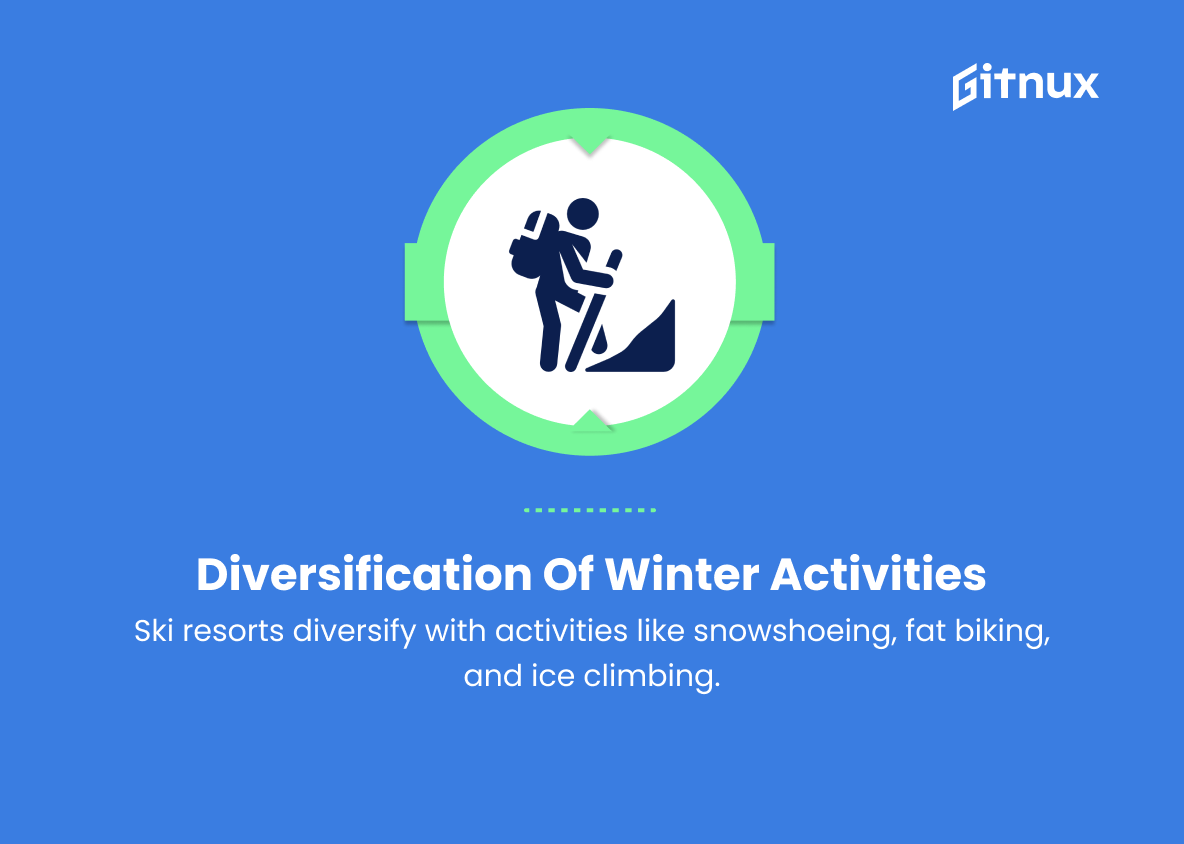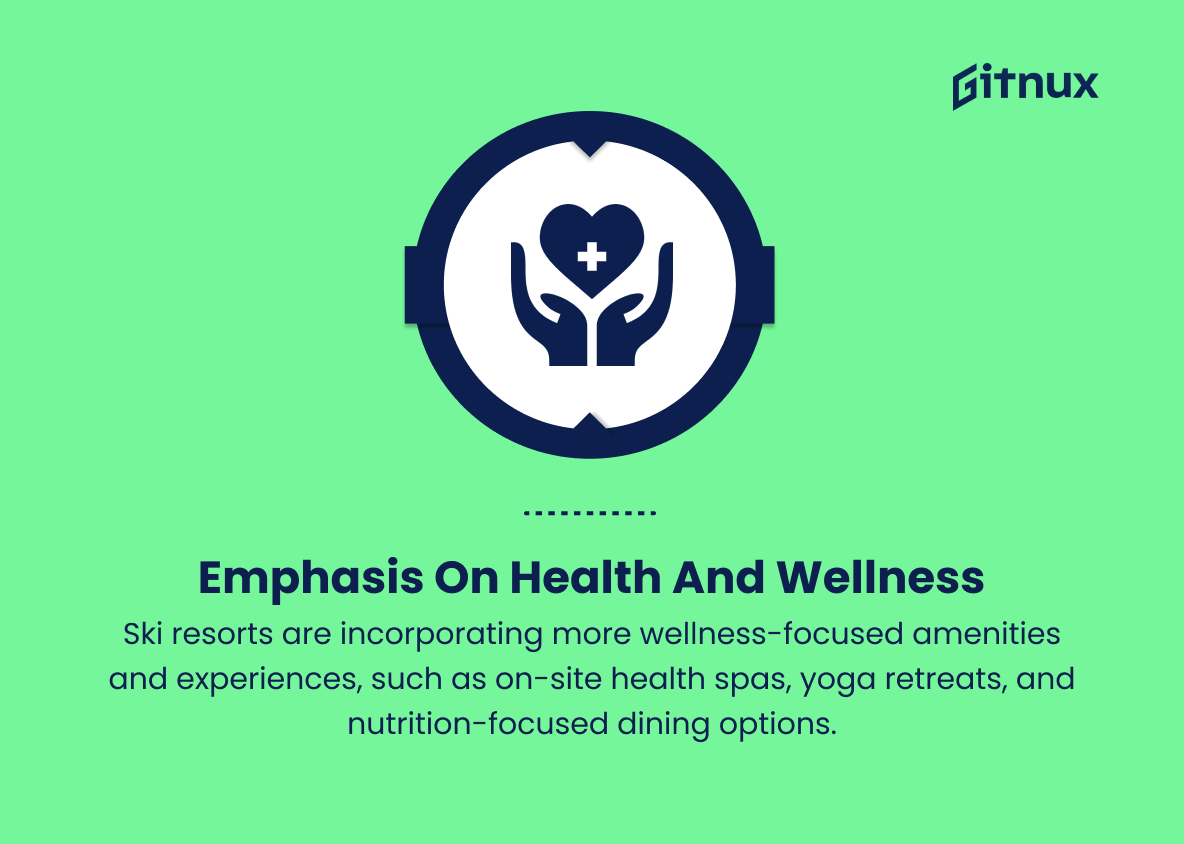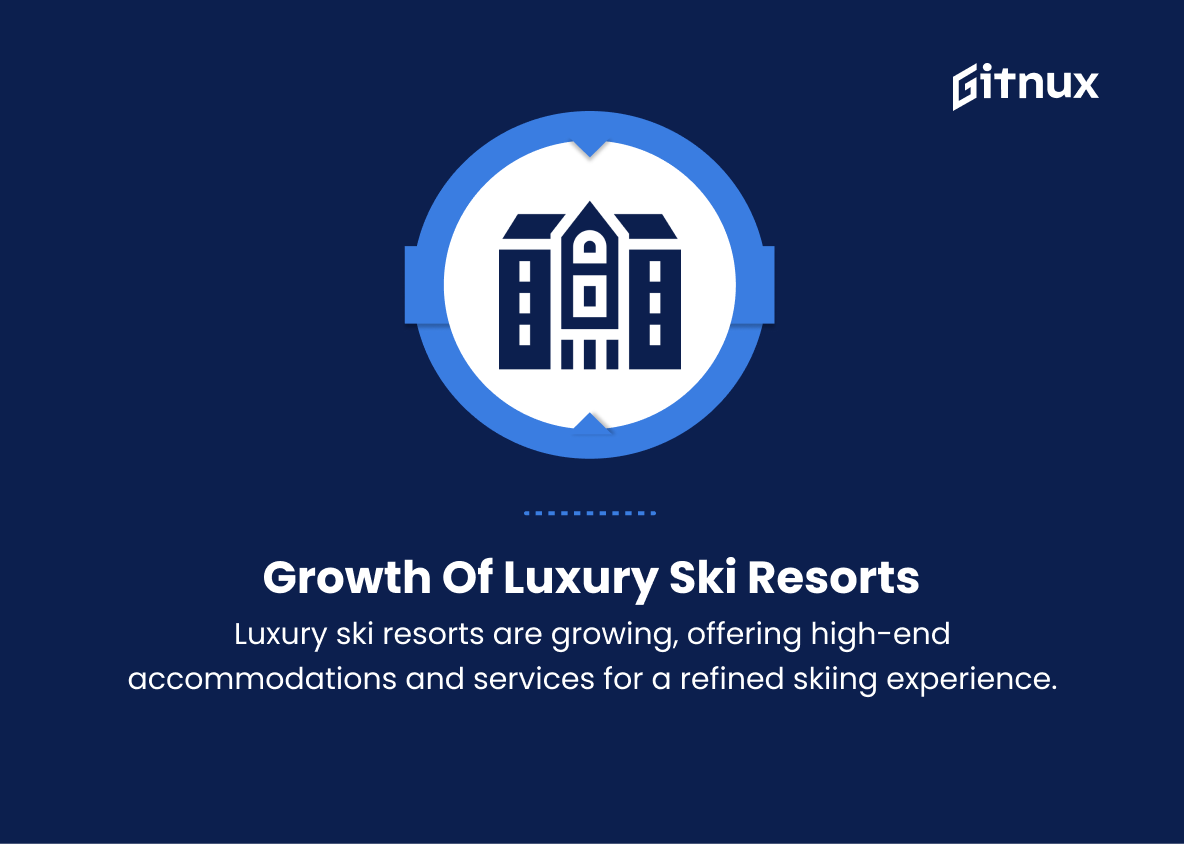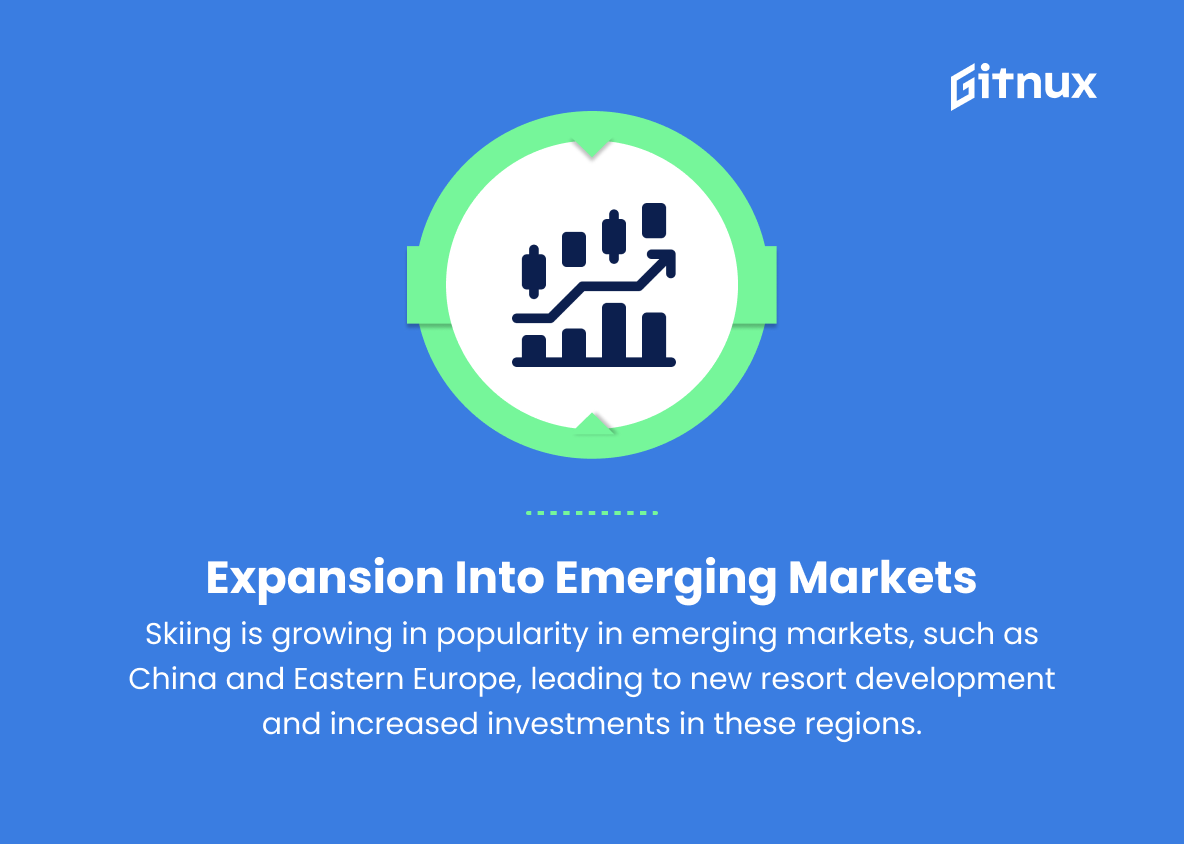The skiing industry has experienced significant shifts and transformations over the past few years. These surprising trends have captured the attention of industry insiders, casual skiers, and adventure enthusiasts alike, as they reflect the ongoing changes in the landscape of outdoor recreational activities.
In this comprehensive blog post, we will delve deeply into the most prominent skiing industry trends, exploring their origins, implications, and potential impact on the future of this beloved winter pastime. From advancements in technology to evolving travel behaviors and environmental concerns, join us as we venture into the fascinating world of skiing and uncover the forces shaping its future.
Top Skiing Industry Trends
1. Eco-Friendly and Sustainable Ski Resorts
Many ski resorts are now focused on reducing their environmental impact by adopting renewable energy sources, recycling, and promoting eco-friendly practices.
2. Increased Emphasis on Safety Measures
There is growing concern about the importance of safety on the slopes. Ski resorts are implementing more rigorous safety protocols, including avalanche preparedness, advanced warning systems, and better-trained ski patrollers.
3. Technological Advancements in Ski Equipment
The ski industry is constantly working on developing new materials and technologies to improve skiing performance, comfort, and safety, including smart ski boots, energy-efficient bindings, and lightweight, high-performance skis.
4. Indoor Skiing Facilities
With climate change and inconsistent snow seasons, indoor skiing facilities are becoming more popular options for skiers wishing to practice and train year-round.
5. Expansion of Backcountry Skiing
Thrill-seeking skiers are increasingly venturing into more remote and untouched terrain. As a result, there is a growing demand for guides, equipment, and infrastructure catering to backcountry skiing.
6. Customized Ski Experiences
The industry is seeing increased demand for personalized ski experiences, such as tailor-made ski packages, custom-fitted equipment, and specialized coaching.
7. Virtual Reality and Gaming Integration
Ski resorts are adopting virtual reality technology to offer immersive and interactive experiences, enabling users to virtually explore ski trails, practice on simulated slopes, and participate in winter sports gaming competitions.
8. Growth in Adaptive Ski Programs
Ski resorts are increasing the availability of adaptive skiing programs and equipment to cater to individuals with disabilities, making skiing more accessible to a wider range of participants.
9. Diversification of Winter Activities
Ski resorts are expanding their offerings to include more diverse winter activities, such as snowshoeing, fat biking, ice climbing, and dog sledding, to attract a wider audience and generate more revenue.
10. Family-Focused Ski Resorts
Many ski resorts are transforming into all-inclusive family destinations by offering childcare services, kid-friendly ski schools, and family-oriented activities and entertainment options.
11. Emphasis on Health and Wellness
Ski resorts are incorporating more wellness-focused amenities and experiences, such as on-site health spas, yoga retreats, and nutrition-focused dining options.
12. Ski Resort Mergers and Consolidations
The skiing industry has seen a trend of mergers and acquisitions, as major resort operators combine forces to create expanded ski areas, streamlined operations, and enhanced marketing strategies.
13. Growth of Luxury Ski Resorts
The high-end market segment is experiencing growth, with many luxury ski resorts offering upscale accommodations, fine dining, and bespoke services for a more refined skiing experience.
14. Year-Round Resort Experiences
Ski resorts are increasingly focusing on attracting visitors throughout the year by offering seasonal attractions and activities, such as mountain biking, hiking, festivals, and cultural events.
15. Expansion into Emerging Markets
Skiing is growing in popularity in emerging markets, such as China and Eastern Europe, leading to new resort development and increased investments in these regions.
Implications
As a futurist, I foresee several implications of the skiing industry trends, particularly around sustainability, safety, technology, and diversification. The increasing focus on eco-friendly practices will help maintain the skiing environment, reduce waste, and promote responsible tourism while enhancing a positive image for the ski resorts. Additionally, with a higher emphasis on safety measures, skiers will enjoy a more secure and controlled experience on the slopes. Technological advancements in equipment and the growth of indoor skiing facilities will allow for enhanced performance and year-round accessibility.
Furthermore, the expansion of backcountry skiing and customized ski experiences will cater to thrill-seekers and those wanting a more personalized touch. Virtual reality integration and gaming will offer immersive and interactive experiences while the growth of adaptive ski programs will make skiing more inclusive. As ski resorts diversify their winter offerings and become more family-focused, health-oriented, and all-inclusive, they will attract a wider range of visitors with varying interests.
Mergers and consolidations within the skiing industry may lead to increased efficiency and streamlined operations but may also result in less choice for skiers. The growth of luxury ski resorts and the focus on year-round resort experiences will provide unique opportunities for consumers but may lead to higher prices. Finally, the expansion into emerging markets will bring skiing to new international markets, boosting global interest in ski resort development and investment, ultimately driving the growth of the industry as a whole.
Conclusion
In conclusion, the skiing industry continues to evolve and adapt to meet the ever-changing expectations and demands of modern skiers. From the rise of environmentally conscious resorts, advancements in ski technology, and the increasing popularity of off-piste experiences, these trends reveal a fascinating and dynamic future for the industry.
It is crucial for ski resorts, equipment manufacturers, and the skiing community to stay informed and embrace these developments in order to maintain progress and success. By doing so, the skiing industry can continue to thrive, offering enthusiasts and newcomers alike an unparalleled experience on the mountains for years to come.
